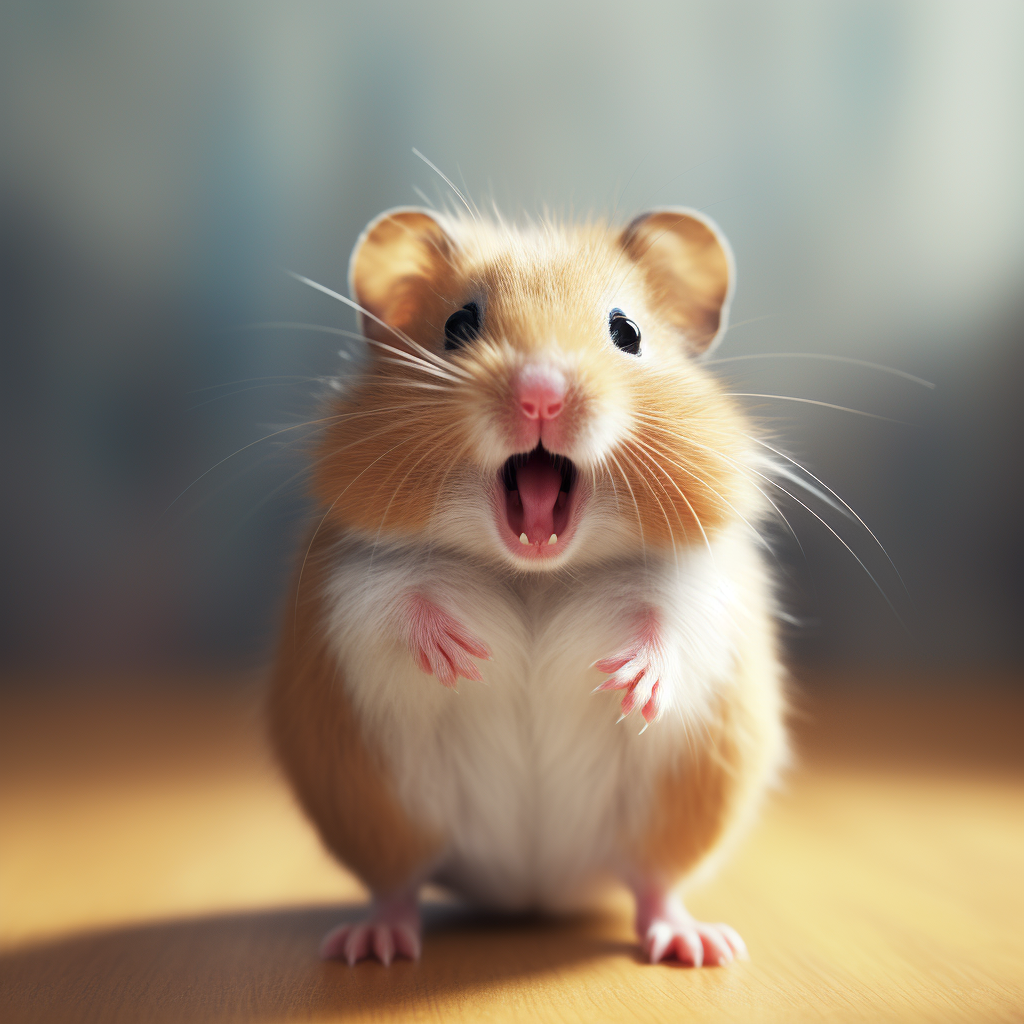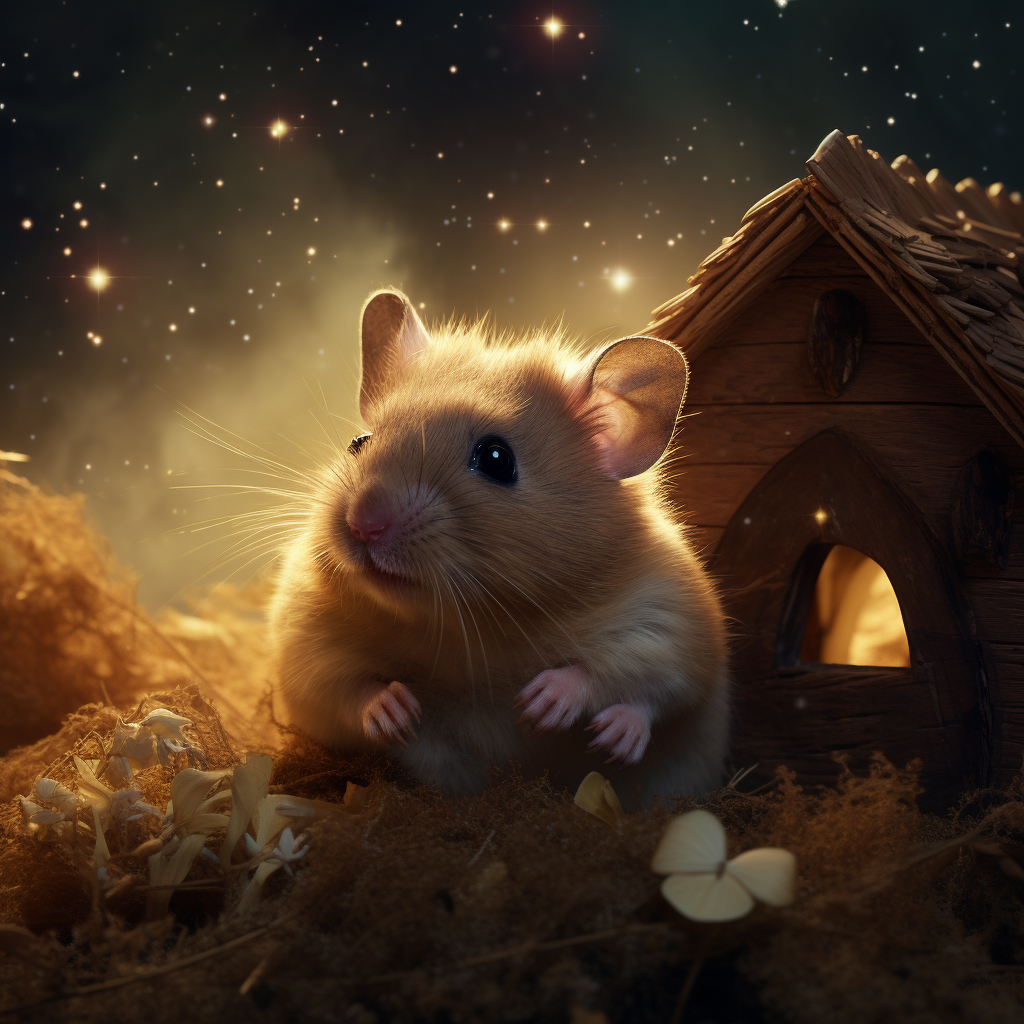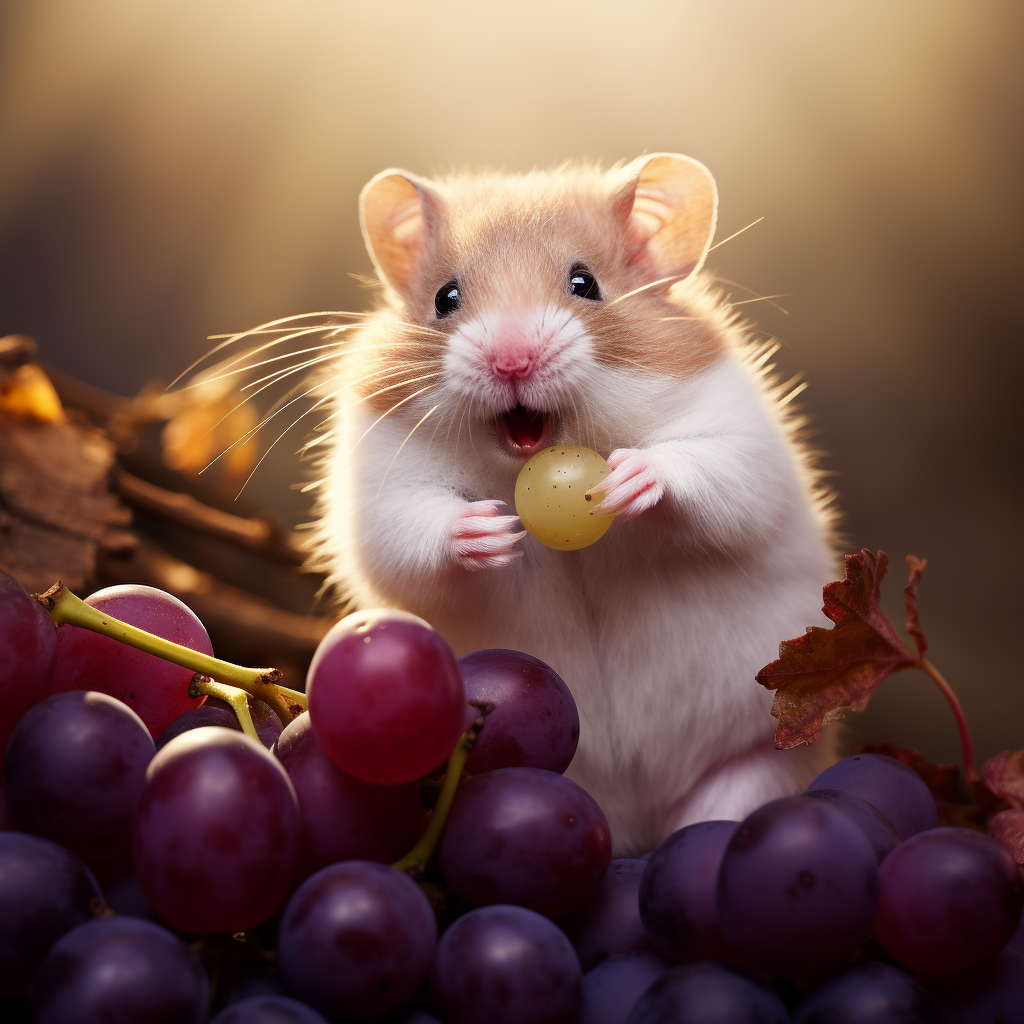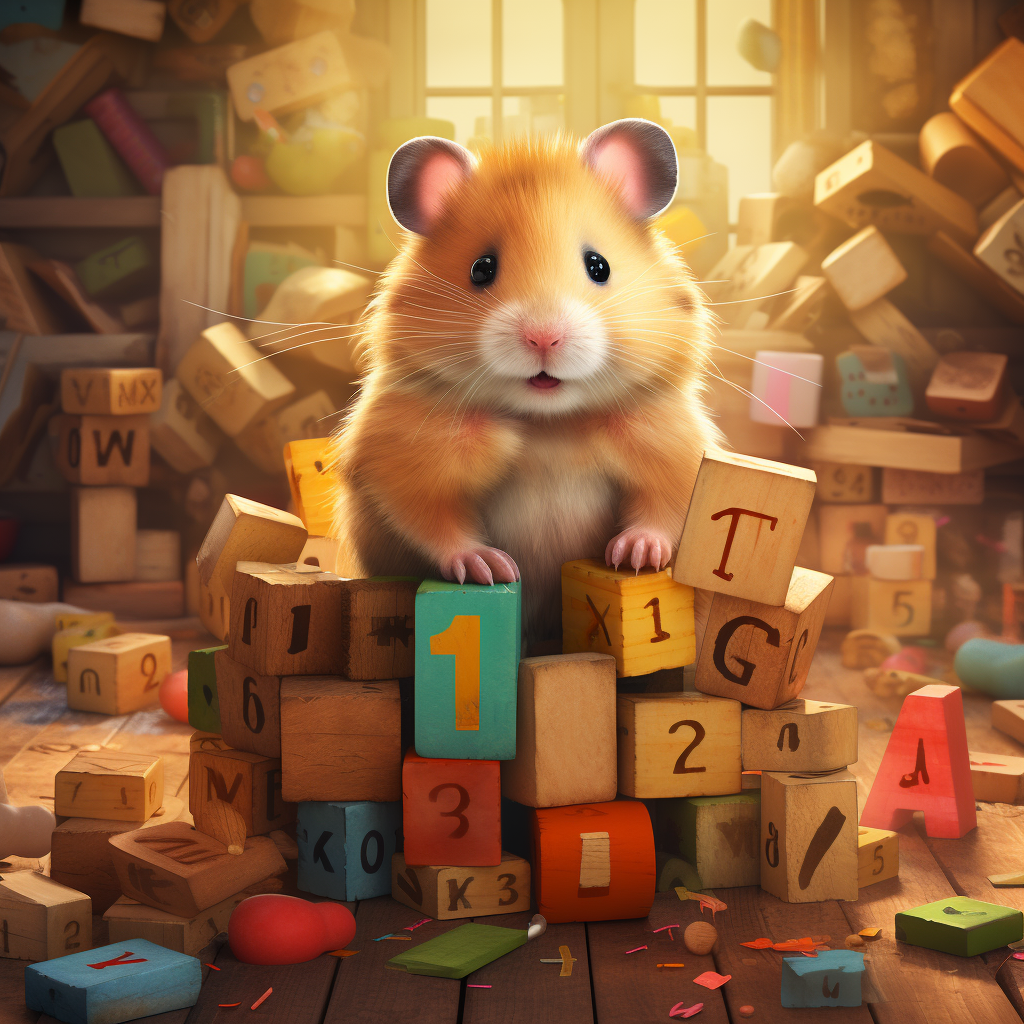
Traveling with a hamster can be a unique challenge, but with careful planning and the right approach, it can also be a rewarding experience.
Table of Contents
This comprehensive guide will focus on essential tips for safely flying with a hamster, including selecting the best hamster travel cage and preparing for air travel—where regulations such as those from Frontier Airlines, the only commercial airline accommodating in-cabin travel for hamsters, come into play. Additionally, I’ll share insights on packing essentials and strategies to keep your hamster comfortable and safe, whether you’re navigating the skies or hitting the road.
Choosing the Right Travel Cage
When preparing for travel with your hamster, selecting the right travel cage is crucial for ensuring their safety and comfort. Here are some key considerations and options for travel cages:
Key Considerations for Selecting a Travel Cage
- Ventilation: Opt for cages that provide good airflow to ensure your hamster gets enough air. Wire carriers and some high-quality plastic carriers offer excellent ventilation.
- Size and Security: The cage should be spacious enough for your hamster to move around comfortably but also secure to prevent any escapes. Ensure it has a sturdy construction and an escape-proof design.
- Comfort: Line the carrier with familiar bedding material to help your hamster feel secure and comfortable during the journey.
Recommended Travel Cage Options
- For Short Trips: The Kaytee CritterTrail Portable Petite Habitat is ideal for short distances. It is designed specifically for small animals like dwarf hamsters and includes an exercise wheel and food/water containers, providing ample light and essential amenities.
- For Longer Journeys: The Iris Small Animal Carrier and the You & Me Small Animal Pet Carrier are excellent choices for longer travels. They are made from high-quality materials, offer great ventilation, and come equipped with a water bottle. However, the Iris carrier is slightly more expensive but worth the investment for its durability and features.
Special Considerations for Air Travel
When flying, ensure the travel cage meets airline size specifications. A small travel carrier, approximately 12” x 8” x 7” high, is generally suitable for air travel with hamsters. Always check with the airline ahead of time to confirm the requirements and prepare accordingly.
By choosing the right travel cage, you can make your trip with your hamster safer and more enjoyable, whether you’re traveling by car or plane.
Packing Essentials for Your Hamster
Essential Items for Your Hamster’s Travel
- Travel Carrier: Ensure the carrier is small yet spacious enough for comfort, secure, and well-ventilated to maintain a healthy airflow during the journey.
- Water Bottle: Attach a small water bottle to the carrier to keep your hamster hydrated. Opt for a spill-proof design to avoid messes.
- Food Supplies: Pack your hamster’s regular food to prevent digestive issues, and include a little extra for emergencies.
- Comfortable Bedding: Use the bedding from your hamster’s usual habitat to provide comfort and a sense of familiarity in the new environment.
- Hideaway Space: A small hideaway or hut in the travel carrier can help your hamster feel secure and offer a retreat when stressed.
- First Aid Kit: Prepare for unexpected health issues with a kit containing bandages, antiseptic wipes, and any necessary medications.
- Identification: Properly identify your hamster with a tag or a microchip to ensure safety if they escape.
- Entertainment: Include a favorite toy to keep your hamster entertained and help reduce travel stress.
Additional Travel Tips
- Familiar Substrate: Keep the bedding consistent with what your hamster uses at home to reduce stress during the travel.
- Secure Food and Water Containers: Ensure all containers are secure and easy for your hamster to access to prevent any hunger or thirst during the journey.
- Temperature Control: Monitor the carrier’s temperature, ideally keeping it within a 65-75 degree Fahrenheit range to ensure comfort.
- Hydration Options: Apart from a water bottle, consider hydrating foods like cucumber to maintain moisture levels.
- Overnight Accommodations: If the trip spans several days, plan for stays in pet-friendly hotels like La Quinta Inns or Hilton’s Home 2 Suites.
Preparing for Emergencies
- DIY Travel Bin Cages: For a more affordable option, consider a DIY bin cage that can be customized for comfort and kept close to maintain temperature.
- Emergency Supplies: Stock the travel cage with essential supplies like extra bedding, food, and chew toys for easy access in emergencies.
- Spacious Hotel Cages: Use a larger cage with a water bottle, food bowl, and exercise wheel when staying at hotels to give your hamster more space and normalcy.
By meticulously preparing for your hamster’s travel needs, you can ensure a smoother and less stressful journey for both of you.
Keeping Your Hamster Comfortable and Safe While on the Road
To ensure your hamster’s comfort and safety during road travel, there are several key practices to follow. Firstly, secure the travel cage properly in the vehicle. Using a seatbelt to fasten the cage can prevent it from shifting or tumbling during sudden stops or turns, reducing the risk of injury or distress to your hamster. It’s also crucial to maintain a stable environment within the vehicle. Place the carrier in a secure, level area away from direct sunlight and drafts to avoid sudden temperature changes that could affect your hamster. Covering the cage can help minimize exposure to bright lights and reduce stress, providing a more secluded and calming environment.
Monitoring the conditions inside the carrier is essential for the well-being of your hamster during the journey. A Bluetooth thermometer can be a valuable tool for keeping an eye on the temperature within the hamster’s enclosure, ensuring it remains comfortable throughout the trip. Regular checks are necessary to confirm that your hamster has access to fresh water and food. Cucumbers can be a good hydration source, as they are high in water content and easy for hamsters to consume while traveling. Additionally, familiar bedding and a hideaway space in the carrier can offer comfort and security, making the travel experience less stressful for your pet.
Preparing for different travel scenarios is also important. If the journey includes overnight stops, choosing pet-friendly accommodations such as La Quinta Inns and Hilton’s Home 2 Suites can provide a safe environment for your hamster. Making reservations in advance ensures that your specific needs are met, allowing for a smoother travel experience. Furthermore, getting your hamster accustomed to the travel carrier before the trip by gradually increasing the time spent inside can help reduce anxiety associated with new environments. This preparation, combined with careful attention to your hamster’s needs during the trip, will contribute to a safer and more enjoyable travel experience for both you and your pet.
Air Travel with Hamsters: Navigating Rules and Regulations
Traveling by air with hamsters involves navigating a complex set of rules and regulations that vary significantly by airline and destination. Before planning your trip, it’s essential to check with the specific airline about their policies for transporting small animals. Most airlines allow hamsters to be carried in the cabin if they are in a suitable carrier that complies with size specifications; however, some do not permit them at all. Frontier Airlines stands out as the only commercial airline that allows hamsters to fly in-cabin.
Airline-Specific Requirements and Fees
Different airlines have distinct policies and fees associated with pet travel. For instance, Frontier Airlines charges a fee of $75 each way for transporting pets like hamsters in the cabin. In contrast, airlines like JetBlue and Delta have specific pet policies that do not include hamsters, focusing instead on cats, dogs, and in some cases, household birds, with fees ranging from $75 to $200 depending on the destination. It is crucial to obtain all necessary documentation, such as a health certificate signed by your vet no more than 10 days before travel, and to ensure that your pet carrier meets airline specifications.
Preparing for the Journey
To minimize stress on your hamster and ensure a smooth travel experience, arrange for a direct flight and choose to fly during temperate conditions. Since the cargo hold can undergo significant temperature and pressure changes, it is generally recommended to keep your pet with you in the cabin if possible. Additionally, all pets, including hamsters, must go through security checks, so it’s advisable to check with the airport for specific procedures. If a hamster must travel in the cargo hold, verify that the airline pressurizes and controls the temperature of the cargo area.
By thoroughly understanding and adhering to these guidelines, you can ensure that your journey with your hamster is as safe and stress-free as possible.
Conclusion to Traveling with a Hamster
Through this comprehensive guide, we’ve navigated the essentials for ensuring a smooth and secure travel experience with your hamster, underlining the importance of preparation, the right equipment, and understanding the nuances of both road and air travel. The journey with a pet, particularly a small and sensitive creature like a hamster, demands meticulous attention to their comfort, safety, and the specific challenges posed by different modes of transportation. By highlighting key considerations such as selecting the proper travel cage, maintaining a conducive travel environment, and adhering to airline regulations, this guide serves as a roadmap for pet owners to follow, ensuring their furry companion’s needs are met with care and precision.
The significance of these tips and preparations extends beyond the convenience of travel, touching on the broader aspect of responsible pet ownership and the well-being of our animal companions. These measures not only ensure a stress-free journey for both pet and owner but also foster a deeper understanding and bond between them. As we conclude, let’s remember that traveling with a hamster, or any pet, is not merely about reaching a destination but about ensuring the journey is undertaken with love, care, and an unwavering commitment to their well-being. For pet owners looking to embark on journeys with their hamsters, this guide underscores the importance of advance planning, flexibility, and a keen awareness of their pet’s needs, paving the way for many more safe and happy travels together.
FAQs
1. What is the best method to transport a hamster safely?
To ensure your hamster’s safety during travel, use a covered transport cage that is dark yet well-ventilated. It’s advisable to travel by car where conditions can be controlled, such as maintaining a quiet environment and using air conditioning, rather than using public transportation.
2. How do hamsters handle car travel?
Hamsters generally adapt well to travel in a car. To make the journey comfortable, use the hamster’s regular cage to create a familiar setting. Remove the water bottle to avoid spills and provide a baby carrot to keep the hamster hydrated.
3. What are the essentials for taking a hamster on a road trip?
For road trips, place your hamster in a small travel carrier filled with its usual bedding to make it feel secure. Adding a tunnel from its cage, sealed with a tunnel endcap, can further enhance your hamster’s comfort during the trip.
4. Is it possible for hamsters to endure a plane ride?
Yes, hamsters can be brought on a plane without significant health risks, though they may experience stress. Pack a secure and cozy travel carrier equipped with food, water, toys, bedding, and hiding spots to keep your hamster comfortable. Ensure that the travel is necessary.
References
[1] – https://www.gopetfriendly.com/blog/pet-travel-hamster-syle/
[2] – https://www.rachelgothamsters.com/hamster-travel
[3] – https://www.youtube.com/watch?v=yFGdAp5JIy4
[4] – https://hopdes.com/travel-explained/travel-with-hamster/
[5] – https://pethelpful.com/rodents/Traveling-with-Hamster
[6] – https://www.quora.com/Are-you-allowed-to-fly-with-a-hamster-in-your-carry-on-luggage
[7] – https://www.hamstercentral.com/community/hamster-chat/61750-travelling-hamster.html
[8] – https://be.chewy.com/is-it-safe-to-travel-with-my-hamster/
[9] – https://pettravelcenter.com/is-it-safe-to-travel-with-a-hamster/
[10] – https://news.leavitt.com/your-life/keeping-pets-safe-and-comfortable-while-traveling/
[11] – https://www.aphis.usda.gov/pet-travel
[12] – https://www.shermanstravel.com/advice/carry-on-pet-policy-by-airline-the-full-rundown
[13] – https://www.aacargo.com/learn/animals-policy-and-restrictions.html
[14] – https://www.aa.com/i18n/travel-info/special-assistance/pets.jsp










